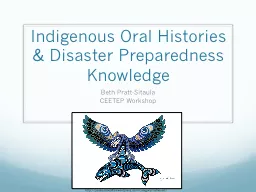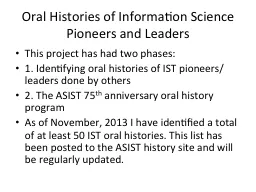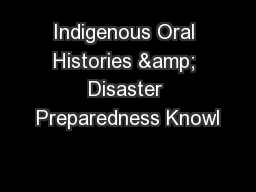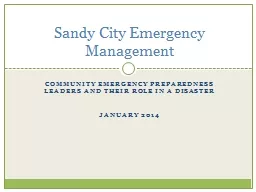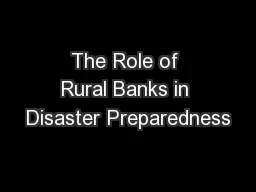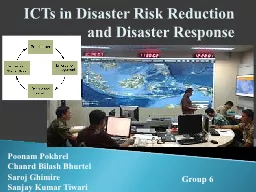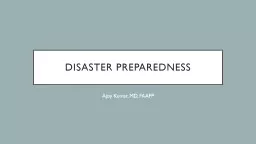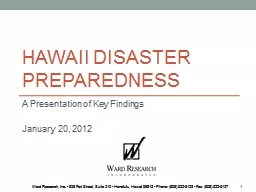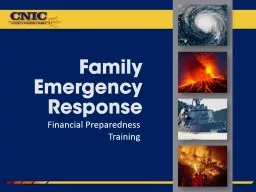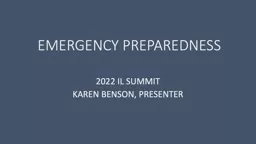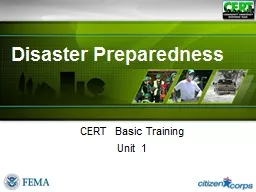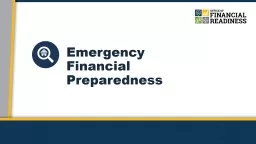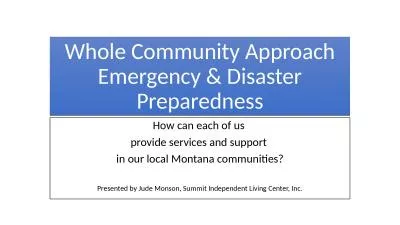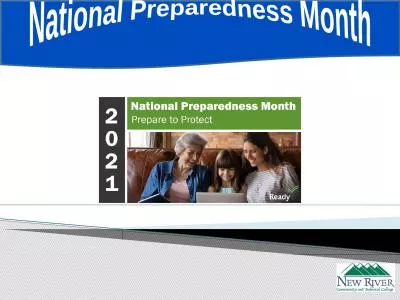PPT-Indigenous Oral Histories & Disaster Preparedness Knowl
Author : stefany-barnette | Published Date : 2016-05-06
Beth PrattSitaula CEETEP Workshop http paintedloveaffairwordpresscom categorynativeart Insert Thunderbird amp Killerwhale video Coastal Cascadia Oral Histories
Presentation Embed Code
Download Presentation
Download Presentation The PPT/PDF document "Indigenous Oral Histories & Disaster..." is the property of its rightful owner. Permission is granted to download and print the materials on this website for personal, non-commercial use only, and to display it on your personal computer provided you do not modify the materials and that you retain all copyright notices contained in the materials. By downloading content from our website, you accept the terms of this agreement.
Indigenous Oral Histories & Disaster Preparedness Knowl: Transcript
Download Rules Of Document
"Indigenous Oral Histories & Disaster Preparedness Knowl"The content belongs to its owner. You may download and print it for personal use, without modification, and keep all copyright notices. By downloading, you agree to these terms.
Related Documents

